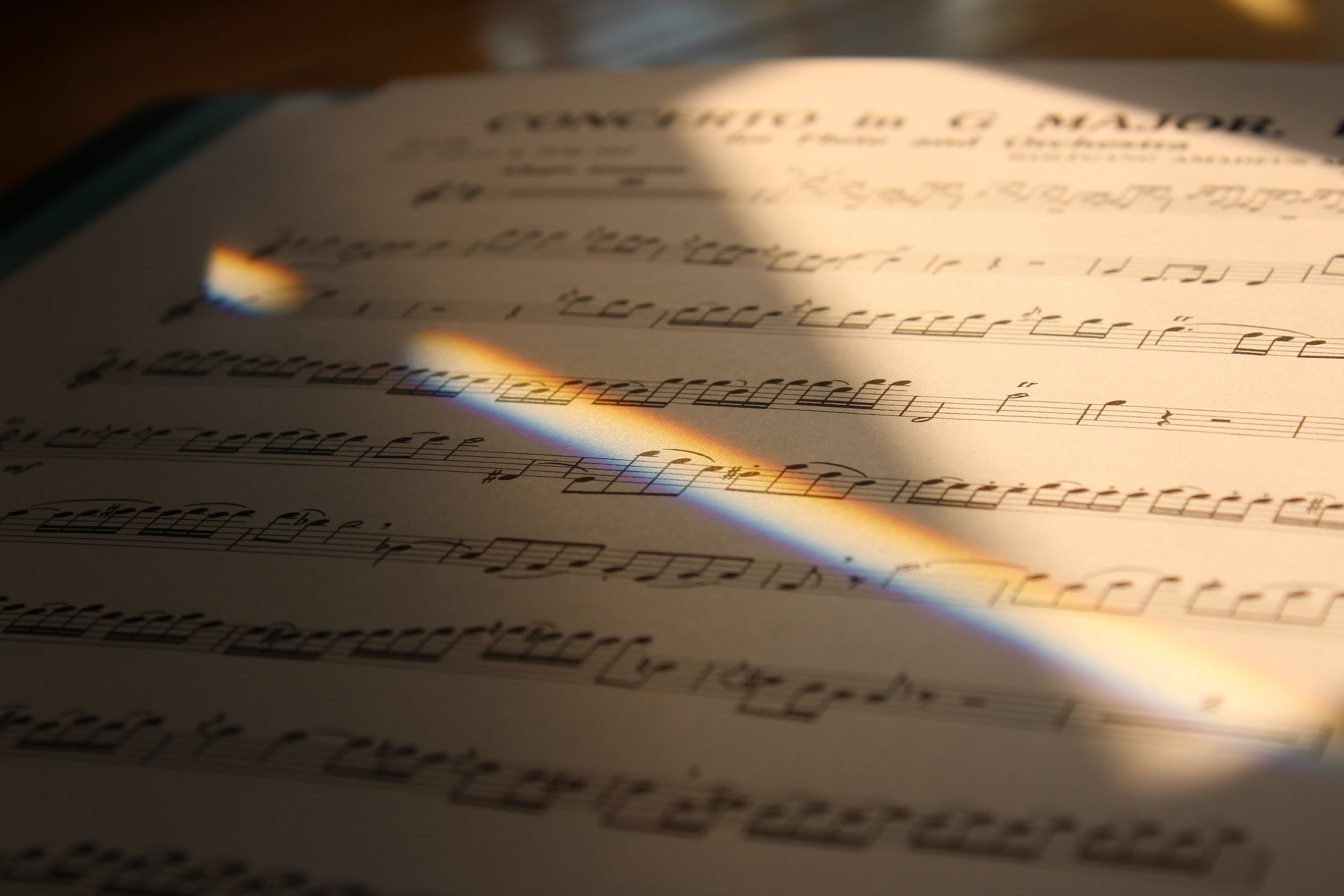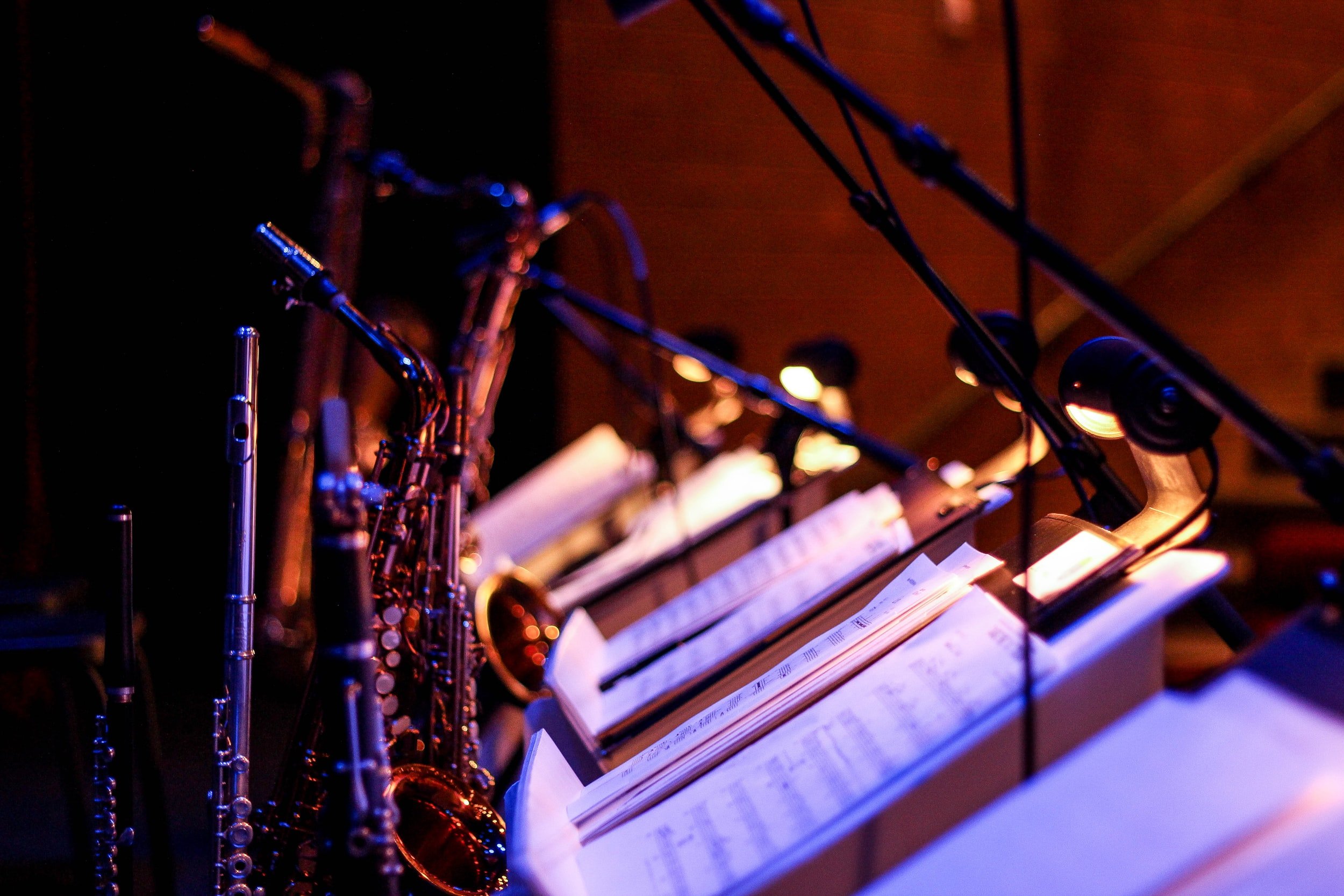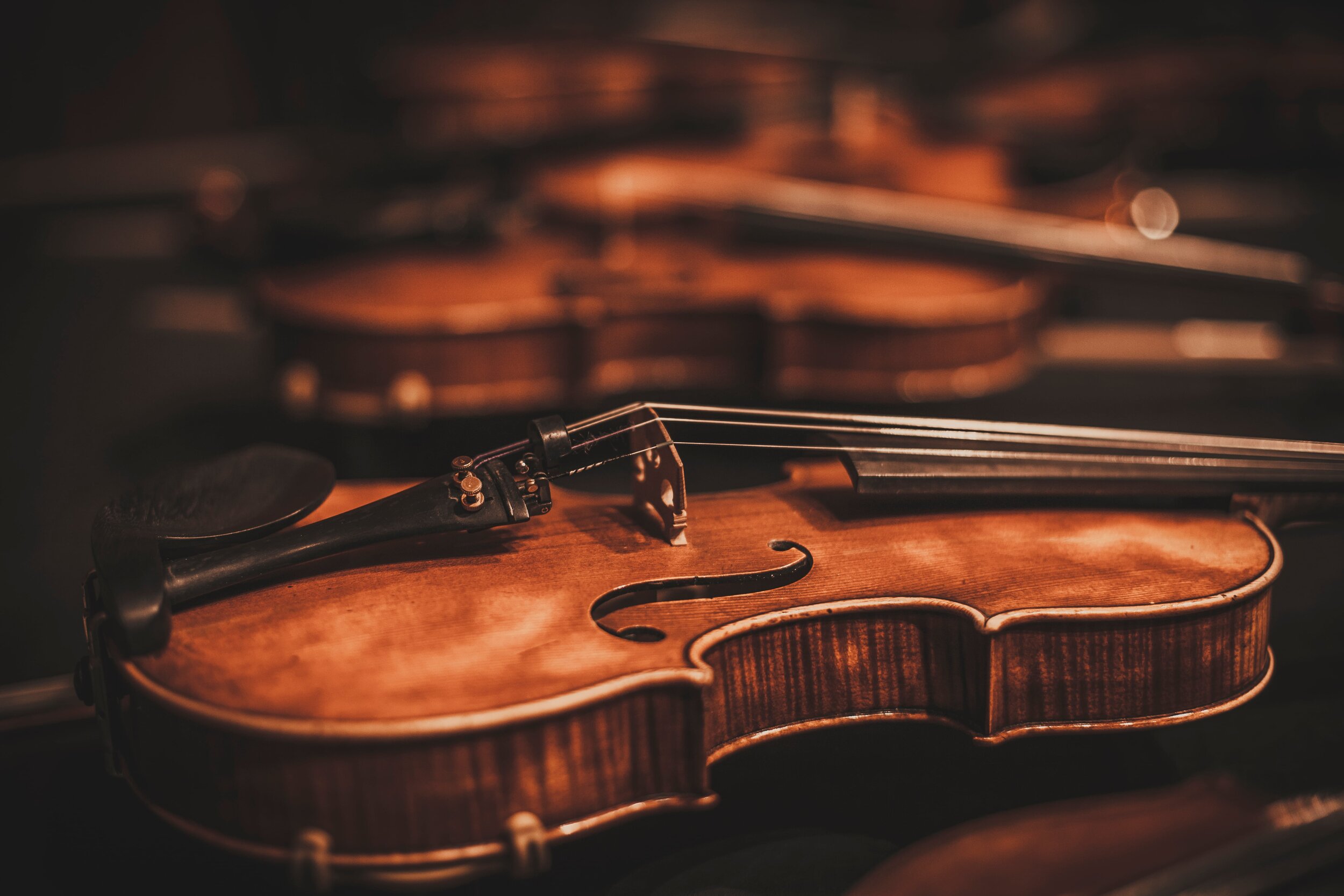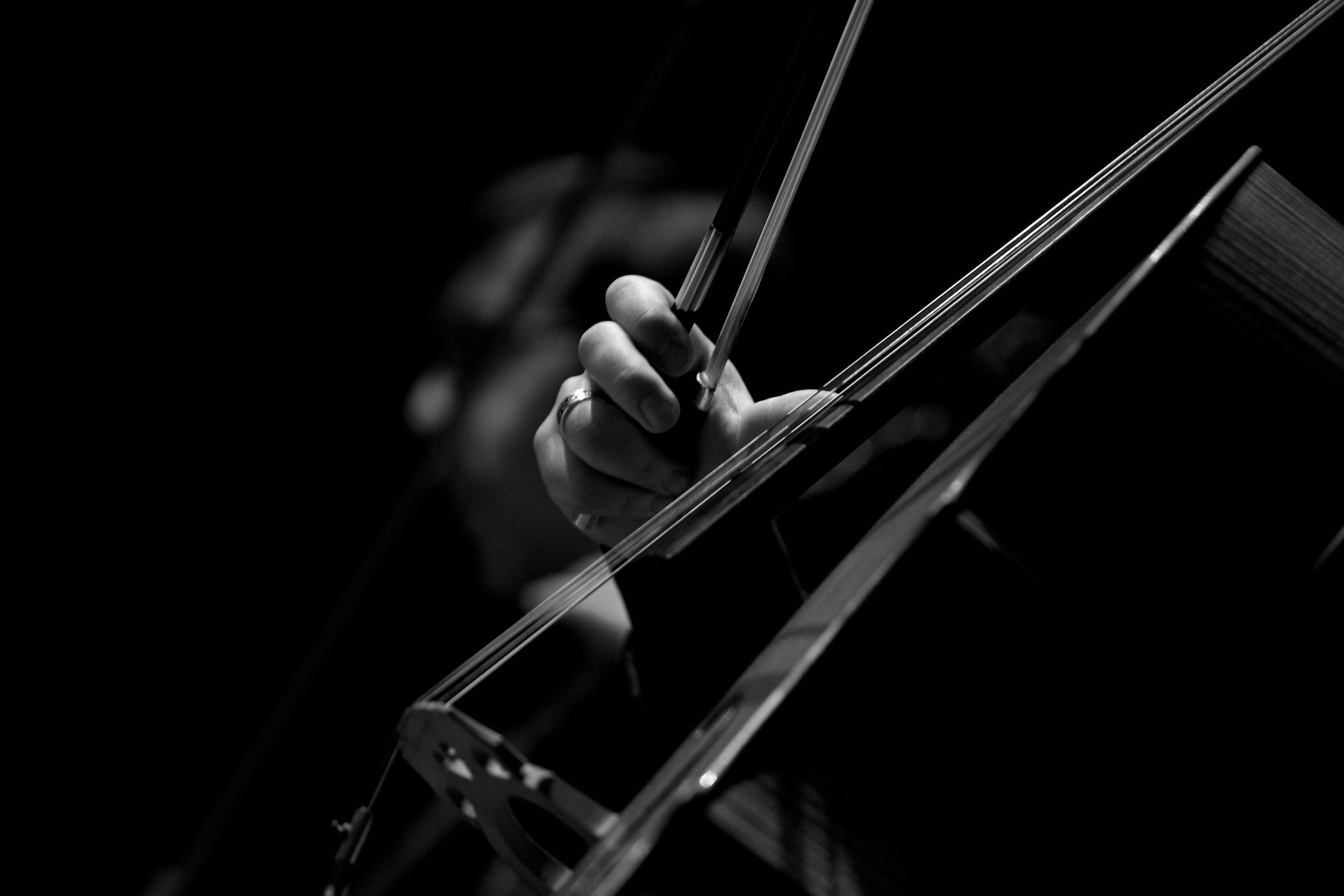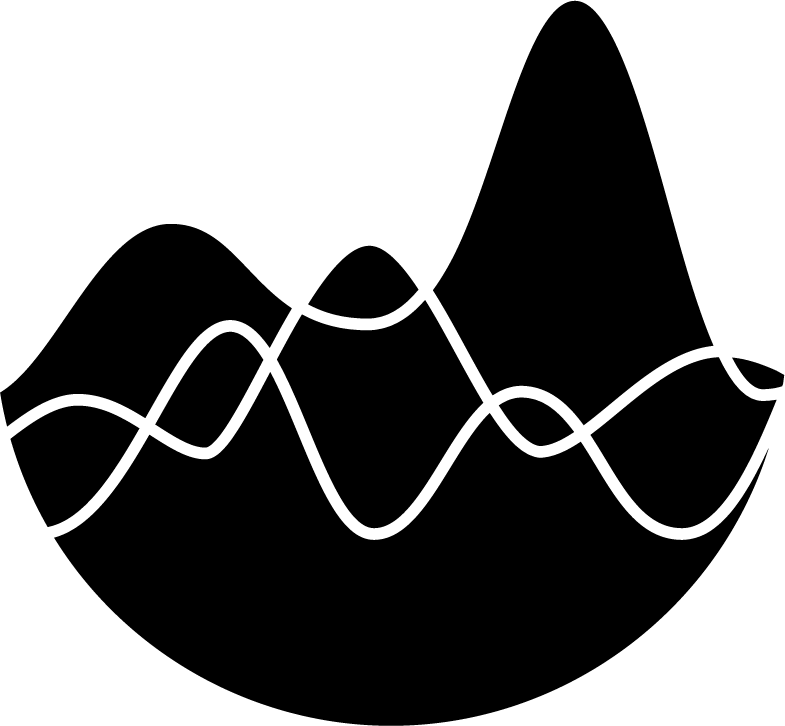All Instruments | Notation
NOTATION.
Perhaps it seems odd for a book on orchestration to contain such a hefty chapter on music notation. Certainly learning the rules of notation will not teach the art of instrumentation or orchestration, as notation is a completely separate skill. Yet notation is the single item that orchestrators deliver to performers. No matter how brilliant the piece might be, players receive a manuscript, not the musical sounds itself. From the notation they must attempt to realize what was conceived in the mind of the orchestrator. A successful orchestrator must have a thorough command of music notation. Three points should be held above all else:
Be accurate.
Be clear.
Be specific.
Poor notation eats up rehearsal time, a luxury not often afforded. Mistakes are embarrassing and time consuming to fix. An attitude of “there is no such thing as an unimportant notational error” will take you a long way. Musicians are often sympathetic to a few typos. But once the limit has been exceeded, repairing notational blunders will seem inconsequential compared to the efforts need to calm the frustrated and agitated players. Right or wrong, many musicians pre-judge music after their initial glances at their part. If it is sloppy, unclear, or inaccurate, many assume that the music will be inferior in quality as well. Proofread scores multiple times, and always have a few sets of fresh eyes peruse the score and parts for errors before distributing them to performers.
There are many conventions of standard notational practice. Though there is not enough room here to discuss all the rules of standard notation, several texts detailing this topic are in publication, and it is recommended that all serious orchestrators own and study at least one of these in great detail. Musicians are accustomed to standard notational practice, and following these rules generally clarifies the goals of the music. These rules should only be broken for one of the following reasons:
Because breaking the rule would actually make your intentions MORE CLEAR to the performer.
Because breaking the notational rule is imperative to your score because of some sort of visual effect. However, if the non-standard notation could possibly cause confusion, reevaluate its necessity.
How specific should the score be? If detailed paragraphs describing every note of the piece clutter the page, the player will probably wind up ignoring some of the writing. However, if not enough information is included, the player may misinterpret something. A precise orchestrator will include enough information to make intentions clear, but not so much that it becomes overwhelming to read.
Today, many computer notation programs are available, and it is assumed that a majority of our readers work with computer notation. There are certainly a number of advantages for using such software. Many actions are faster than writing them out by hand. Beams will be straight, noteheads are a consistent size, copying and pasting takes virtually no time, parts are relatively painless to make, and facilitating good page turns is much simpler than by hand. Extensive editing is significantly easier on the computer—adding one measure to an orchestral score by hand can require hours of recopying, while it takes little more than the click of a button on computer. For the first time in the history of music, anyone is capable of making professional looking scores.
However, there is a price to be paid. Many people who begin with computer programs never learn the basic rules of notation. As a result, collisions, spacing inconsistencies, and a host of other notational and formatting errors often go ignored, making the score difficult to read. Regardless of the software quality, knowledge of standard notational practice is essential! If you choose to use computer software, get to know the program well. Though using these programs instantly solves some problems, it creates others.
The score brings all the musical elements of a composition or orchestration into one package. Scores serve a multitude of purposes and are necessary resources for the following:
Composers. Scores act as compositional laboratories, allowing musical and orchestration ideas to be organized and visualized.
Conductors. Since all pertinent information must appear on the score, conductors can study the piece in detail, conduct from it, and answer questions about the music.
Players. Players may refer to the score to understand how their part interfaces with others.
Students. Scores are effective study tools for students of orchestration and composition.
Two different kinds of score options are available. In transposed scores, pitches for transposing instruments are written exactly as players see them in the parts. Concert scores notate all the parts as they sound. Key signatures are the same for all instruments and convenient clefs are used (for example, though the transposed baritone saxophone is always written in treble clef, concert scores will show it in bass clef, where it sounds). Most often in concert scores, however, transposing C instruments (those that sound exactly one or two octaves higher or lower than written) are still transposed.
Whichever method is chosen, somewhere in the process the music will have to be transposed for appropriate instruments, either when entered into the score or when making the parts. If writing by hand, one of these methods must be decided upon before beginning the score. With computer notation, it is easy to switch between the two. People who prefer transposed scores often enter them into the computer at concert pitch, and then transpose them later in the process. Many composers and conductors have strong preferences for one method or the other. Both transposed and concert scores have significant advantages and disadvantages over the other.
Because much contemporary music is written without a key signature, it may be difficult or impossible to determine whether a score is in concert or transposed pitch. This information must be indicated on the first page of the score. ‘Concert Score’ or ‘Transposed Score’ should be written towards the top of the page in a fairly large font.
Condensed scores are basically expanded piano reductions (or actual piano reductions), most often used for pre-college wind ensembles. Though condensed scores do not show all of the individual parts separately—and it is not immediately apparent what all of the performers should play—they have a few advantages. First of all, more music can be placed on a page, requiring few pages turns and, more importantly, less expense for the publishing companies. Condensed scores also make it easier for conductors who are not experts in score reading to play through the music or analyze it musically.
Reduced scores include only those staves that have notes in the current staff system. If an instrument rests for an entire system of the score, the line is not shown. Instruments that require grand staves, such as piano and harp, should be hidden only if both staves are filled with rests. When smaller forces from a large ensemble are commonly used, this kind of a score will allow two or more systems of music to appear on a page, requiring fewer page turns and less wasted paper. The disadvantage of reduced scores is that conductors are required to re-orient themselves to every page. In a non-reduced score, for example, the horn part always fall roughly the same distance from the top of a page, whereas in a reduced score they could appear as the top staff when no woodwinds are playing. The first system of a reduced score should be complete, showing all instruments necessary for the movement.

